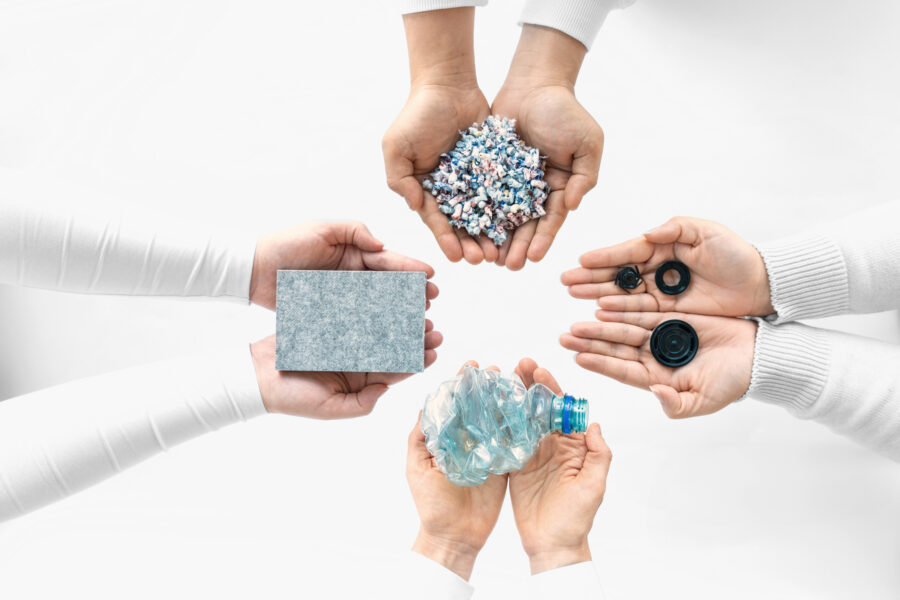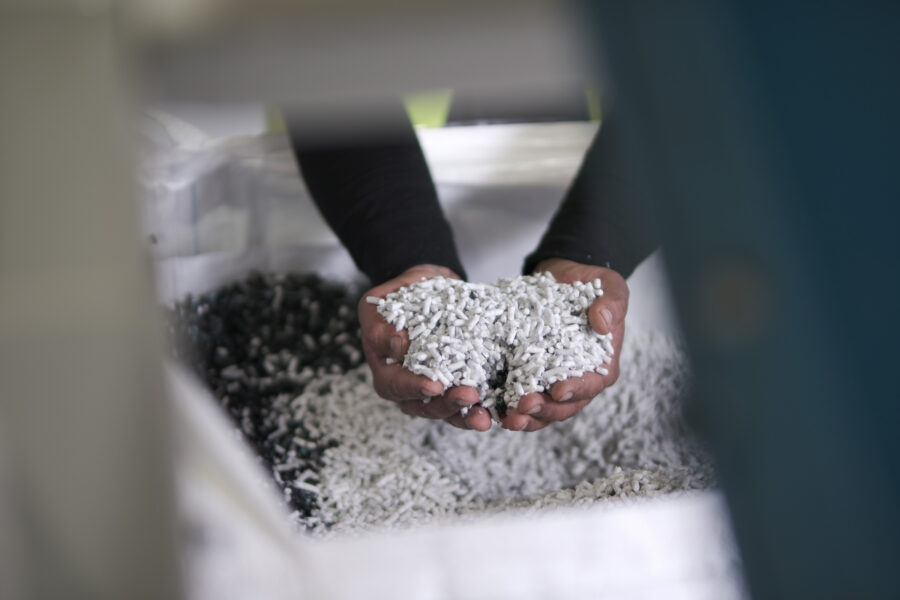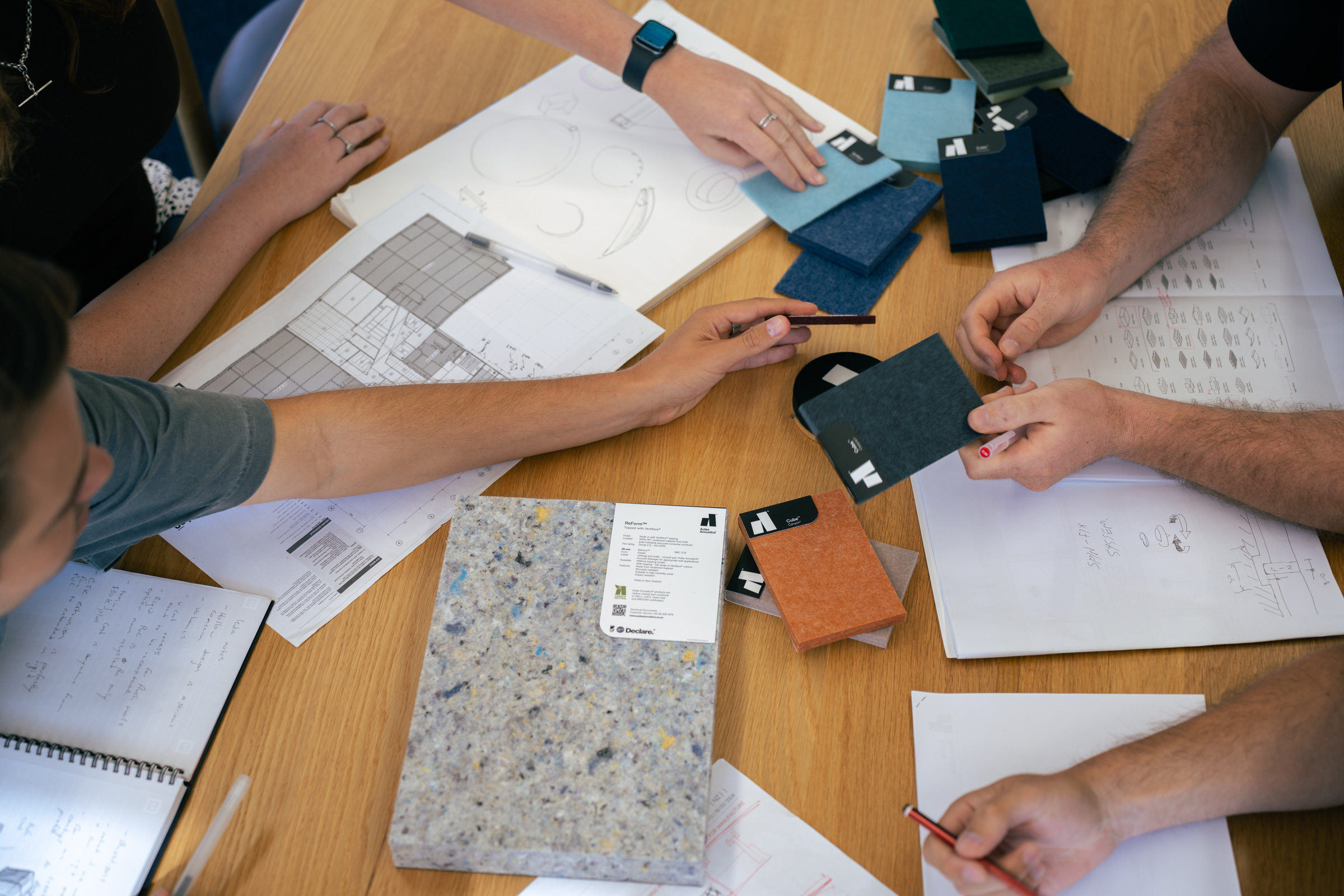Story at a glance:
- New Zealand-based Autex Acoustics is expanding its operations to the US with technologies and equipment to manufacture locally.
- Autex’s acoustic and textile solutions offer a modern approach to design and sustainability.
- The manufacturer is focused on a carbon-neutral, and even carbon-positive, future.
In a place like New Zealand, where scenic and untouched landscapes abound, the sound of silence is golden. And in many buildings, that maintained quiet and calm is largely thanks to Autex Acoustics.
Since its start in 1967 Autex has cemented itself as a Kiwi manufacturing powerhouse and, as it has expanded over the past 50-plus years, an award-winning global design business. The family-run company is a leader in acoustic products, nonwoven architectural textiles, and environmentally friendly polyester insulation, weaving sustainability into every product and process.
These days Autex also wants to make sure designers know just how modern these acoustic solutions can be—design-driven and highly customizable.
“It is a very collaborative process and also driven by our desire to be a sustainable company,” says Joanna Andrews, senior marketing manager. “We’re constantly looking for ways to do what we already do in a more sustainable, carbon-neutral, and eventually carbon-positive way.”

Photo courtesy of Autex Acoustics
Phil Goodin, Autex’s managing director of North America, agrees. “Our primary driver when we’re developing new products is sustainability and reducing waste in the products that we create. If you look at the last couple of products we launched—Lanes, a facade system, and Grid Ceiling Tiles, an adaptable acoustic grid tile—we try to design products that are demountable, disassembled, recycled, and then reused,” he says.
Bringing New Zealand’s spirit of green manufacturing and design to the US requires that the equipment and technologies once only offered in the island country are accessible locally. The investment is worth it. “We have invested heavily in new technologies and new equipment in North America, which not only helps us reduce lead times on our products but also with the whole carbon footprint issue,” Goodin says. “The more we can manufacture locally, the less we have to do things like urgent air orders from New Zealand.”

Photo courtesy of Autex Acoustics
A UV printer is one recent investment example that allows complete design flexibility to designers. It’s not always sustainable for manufacturers to carry 100-plus colorways. And for designers looking for that perfect color match, fewer options means searching across product lines for that exact fit. The UV printer allows Autex to create acoustic solutions in any color locally in the US.
“Sustainability in the design market is a bit of a buzzword. It’s used a lot, but it’s not really moving the needle in terms of designer-specific application,” Goodin says. “Everyone wants to be sustainable, but only to a level. If it can be recycled, that’s good enough for some firms, but that’s not good enough for us. We want to keep pushing for carbon neutrality. We want to challenge our competitors to try to figure out a way to step up their game.”

Photo courtesy of Autex Acoustics
Putting the pressure on and challenging the industry isn’t new for Autex. For years they had to explain to many architects what PET even was, for example, trying to convince them of its merits compared to fiberglass. “When you look at the past eight years, there’s a lot of PET in the market. Now what needs to be explained is sustainability,” Goodin says. “We’re about as sustainable as you can get. We’re the only carbon-neutral manufacturer in the world who sells this type of product. We’ve got proprietary machines for recycling and reusing the product, and we’ve got the carbon offsets. And in New Zealand we’ve gone a step further and made a product out of 100% manufacturing waste.”
Beyond zero waste, leveling up Autex’s products and processes also means a shift toward renewables. The first step is wool, Goodin says. “New Zealand obviously has a lot of sheep and the highest quality wool in the world, so we’re trying to introduce a wool product that goes beyond carbon neutrality and is a carbon-positive product.”


